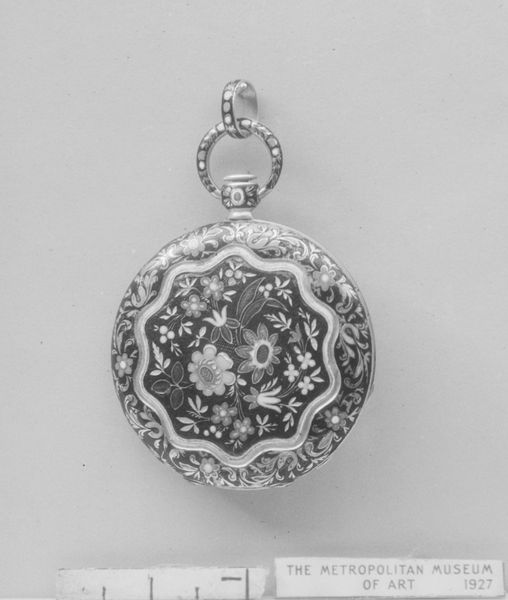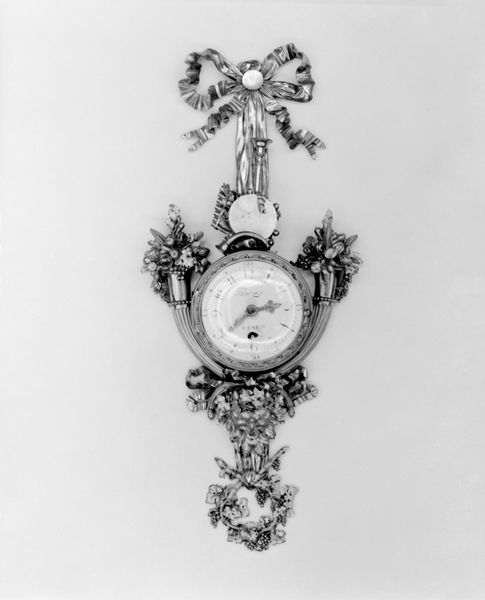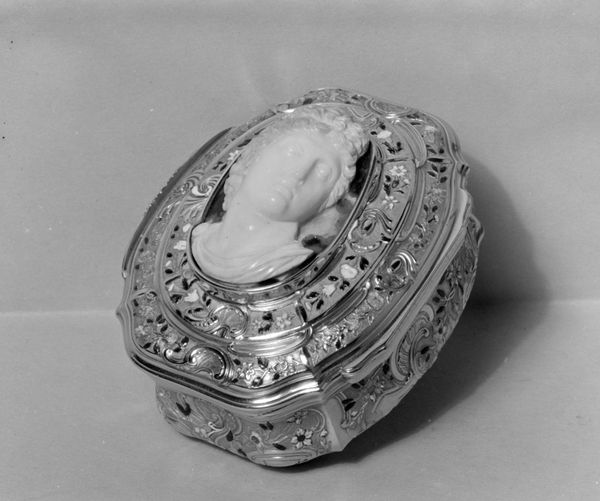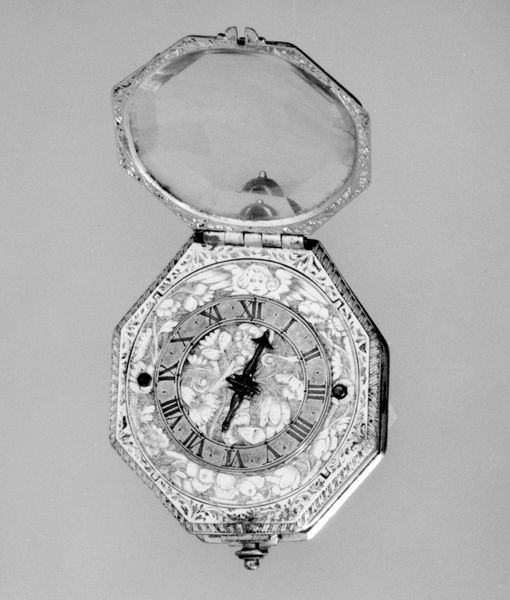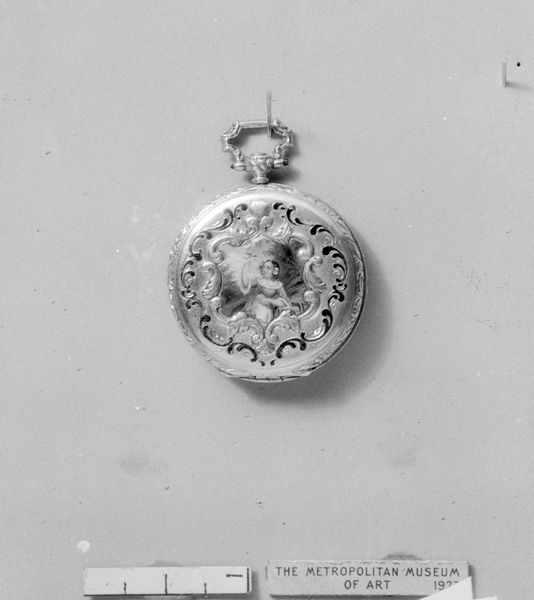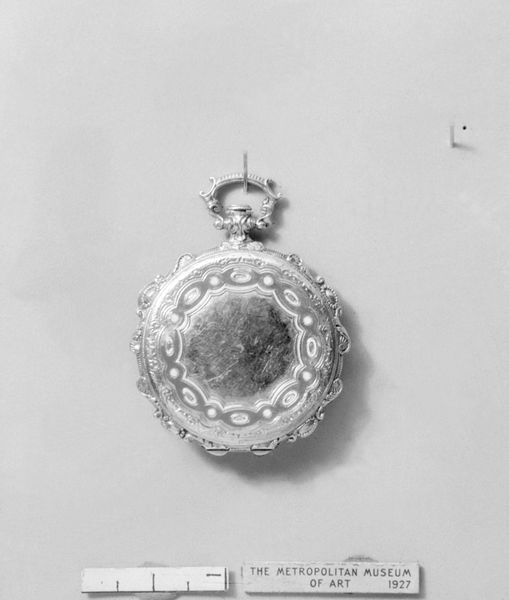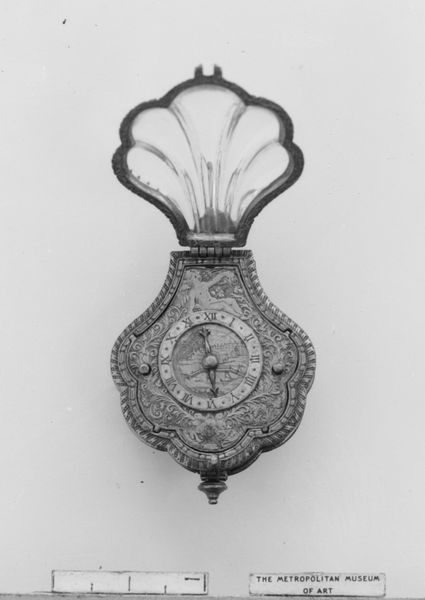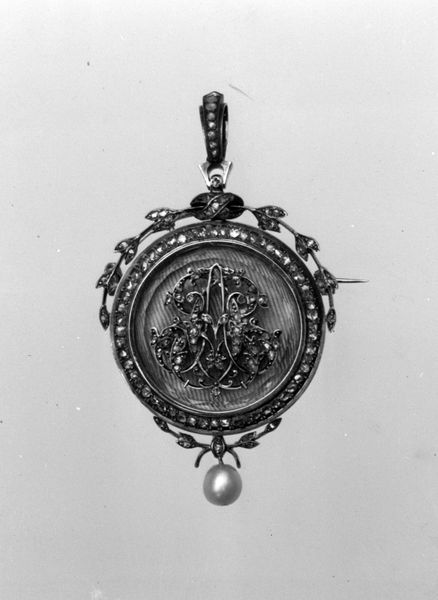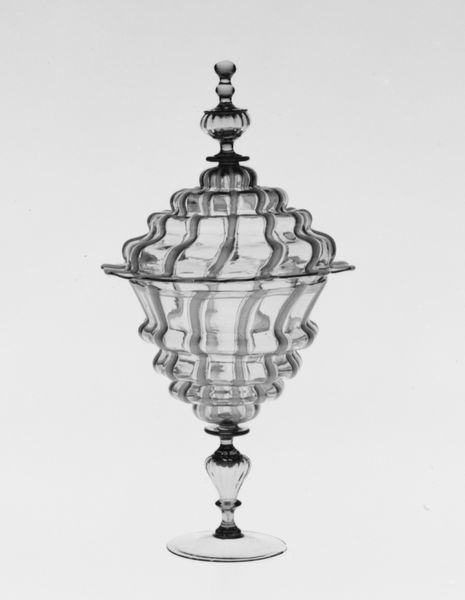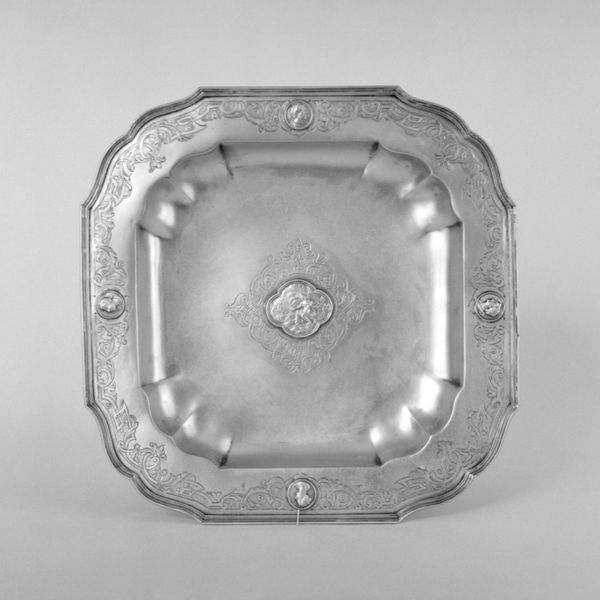
silver, sculpture
#
portrait
#
silver
#
sculpture
#
jewelry
#
sculpture
#
decorative-art
Dimensions: 1 1/4 x 1 3/4 in. (3.2 x 4.4 cm)
Copyright: Public Domain
Editor: Here we have a brooch made by Tiffany & Co. between 1897 and 1903. The materials listed are silver, and from my first impression, there is an element of grandeur, almost opulent. What stands out to you when you consider this piece? Curator: Considering it as a materialist, it's impossible to ignore the social context of its creation. The labor and resources poured into sourcing the silver and cutting those stones…it reflects a particular societal structure. Were these diamonds ethically sourced, what were the working conditions like in the Tiffany workshops? It is more than a mere trinket, it is the manifestation of industrial output in society. Editor: That's a good point. How does its existence then challenge the distinction between fine art and craft? Curator: The brooch highlights that distinction as blurred and ultimately artificial. What labor is needed to craft something like this? The skill of the silversmith and lapidary cannot be dismissed as 'mere craft', these objects demand both creative thinking *and* technical excellence. Plus the resources speak of wealth and trade - how does this intersect with class and labor during the late 19th century? Editor: That is an unexpected take. So, what are some other examples where the same applies? Curator: The Arts and Crafts movement, emerging around the same time, serves as a powerful example of the blurring boundaries. Look at the works of William Morris - wallpaper, textiles, furniture- all challenging preconceived notions through deliberate use of material. These questioned machine production. In contrast, the Tiffany Brooch glorifies it. Where do those boundaries even begin? Editor: It really emphasizes the importance of the social landscape in understanding even something as small as this brooch. It changes how you think about such decorative art. Curator: Exactly. And how it continues to inform contemporary discourse around craft, labor, and the inherent politics of making. We can learn much about a time by looking at everyday things.
Comments
No comments
Be the first to comment and join the conversation on the ultimate creative platform.

